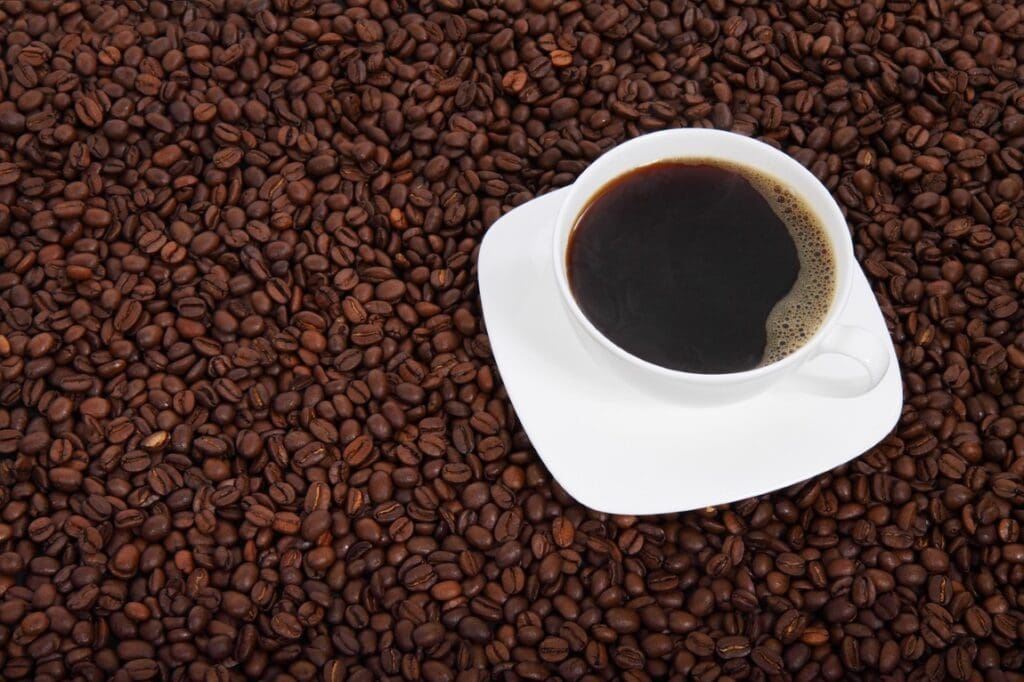In a groundbreaking report published in 2023, scientists have unveiled an unprecedented link between the Amazon rainforest and the Tibetan Plateau, shedding light on interconnected tipping elements and their perilously close tipping points. The study, published in the journal Nature, marks a significant advance in understanding the intricate relationships between seemingly disparate regions of the planet.
The research, conducted by a team of scientists from the Potsdam Institute for Climate Impact Research (PIK), highlights the teleconnections between the Amazon and the Tibetan Plateau. Teleconnections refer to the linked effects of climate change over long distances, revealing synchronized climate extremes between the two regions separated by thousands of kilometers.
Tipping elements, defined as regions or ecosystems influenced by critical thresholds, play a crucial role in the study. Once these tipping points are crossed, significant and often irreversible changes occur. The Nature report is among the first to employ network analysis to unravel the interconnected impacts of prominent global tipping elements.
The study’s co-author, Jingfang Fan, emphasized the importance of this research: “For the first time, we’ve now been able to robustly identify and quantify these so-called teleconnections. Our research confirms that Earth system tipping elements are indeed interlinked even over long distances; and the Amazon is one key example of how this could play out.”
The researchers used advanced mapping techniques to analyze temperature changes in over 65,000 subregions globally over the last four decades, allowing them to identify correlated changes between the Amazon and Tibetan Plateau. Computer models were then employed to simulate potential outcomes for the two connected regions.
The results are alarming, indicating that as precipitation increases in the Amazon, snowfall decreases in the Tibetan Plateau. Rising temperatures in the Amazon are mirrored by increased temperatures on the Plateau, and the loss of snow cover on the Tibetan Plateau since 2008 suggests an approaching tipping point.
The implications are vast, particularly for the Tibetan Plateau, a major water source for billions of people. Similar to the Arctic, the region is experiencing warming at a rate much faster than the global average, posing significant climatic and social repercussions.
Hans Joachim Schellnhuber, another co-author of the report, stated, “Over time, sub-continental tipping events can severely affect entire societies and threaten important parts of the biosphere. This is a risk we should rather avoid, and we can do so by rapidly reducing greenhouse gas emissions and by developing nature-based solutions for removing CO2 from the atmosphere.”
The study comes just over a year after another collaboration with PIK discovered evidence for 16 global tipping points in the Earth’s climate system. With current global warming at 1.1°C above pre-industrial averages, five tipping points are potentially initiated, with more becoming likely as temperatures increase.


Despite the urgency conveyed by the scientific community, the world is on track to surpass the 1.5°C threshold, with potential dire consequences. The interconnected nature of tipping points emphasizes the need for a global perspective in addressing climate change, with researchers cautioning against triggering multiple tipping points simultaneously.
Dr. Valerie Livina, a key figure in tipping point analysis, highlighted the significance of teleconnections: “Network analysis allows you to consider various measurements across the globe as nodes, or like a network on the internet. In climate, this network can be very surprisingly connected over counterintuitive areas via atmospheric and oceanic processes.”
While uncertainties remain, the study opens a new chapter in understanding global interconnected tipping elements. Future research will focus on deciphering the mechanisms facilitating teleconnected tipping points and elements, offering crucial insights for targeted climate-mitigation efforts and conservation strategies.
(More information: Teng Liu et al, ‘Teleconnections among tipping elements in the Earth system’, Nature Climate Change (2023). DOI: 10.1038/s41558-022-01558-4; Valerie N. Livina, ‘Connected climate tipping elements’, Nature Climate Change (2023). DOI: 10.1038/s41558-022-01573-5. Featured image credit: Freepik)




